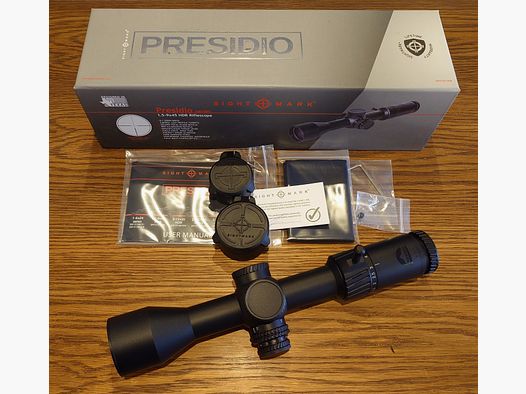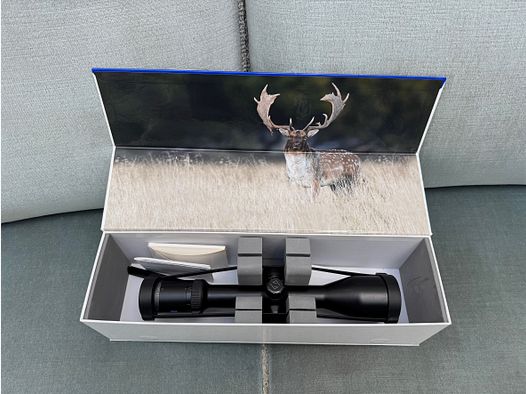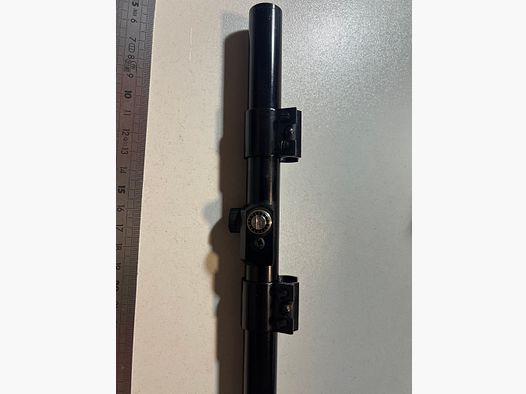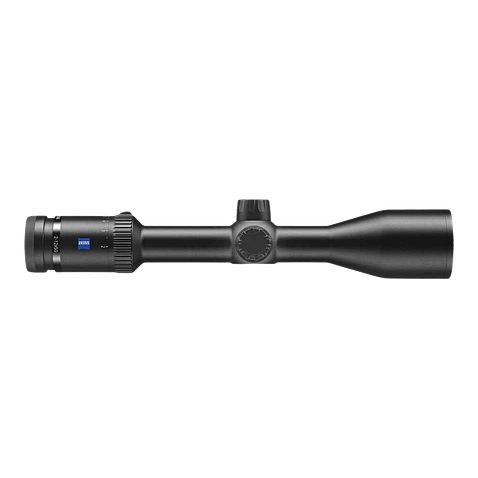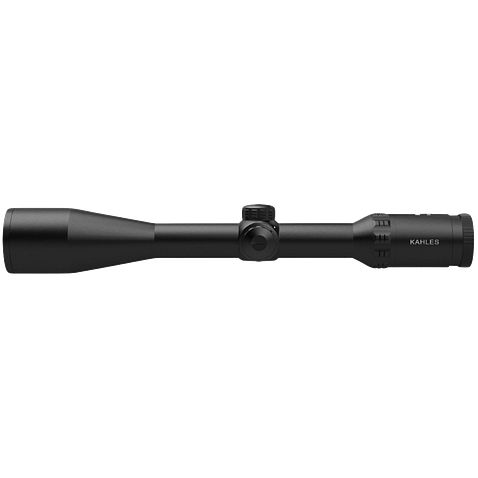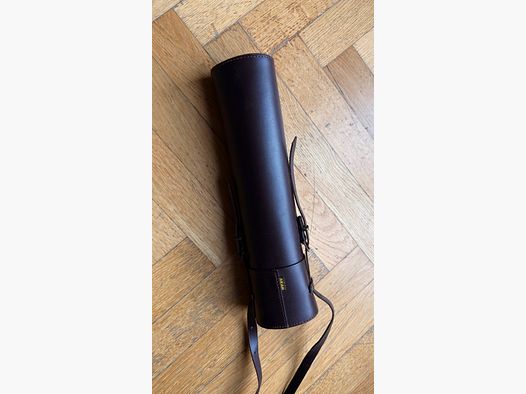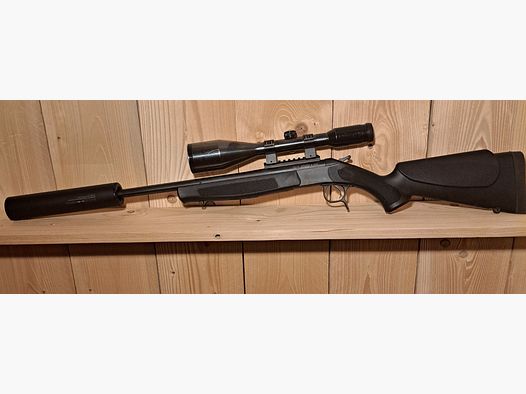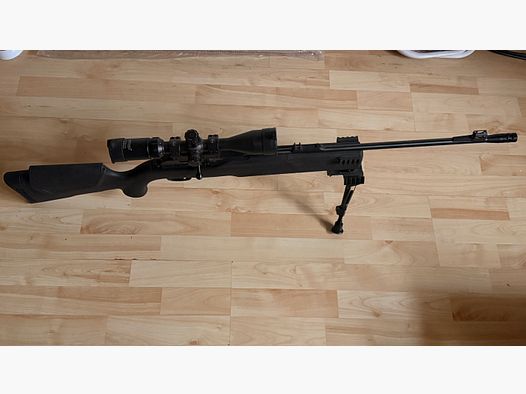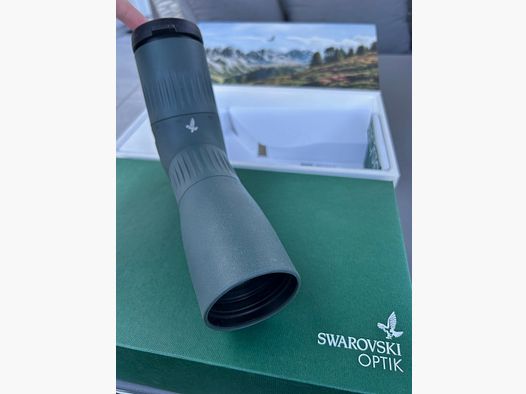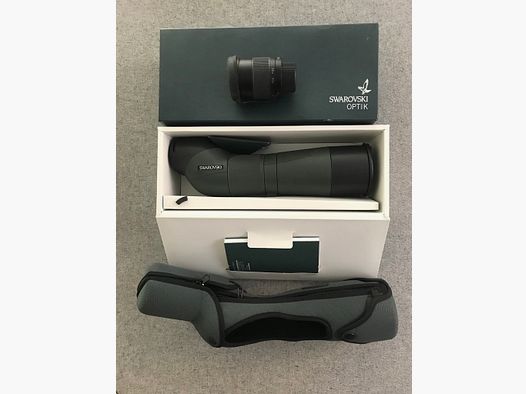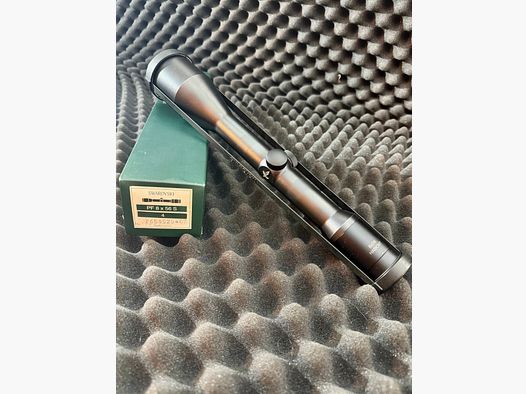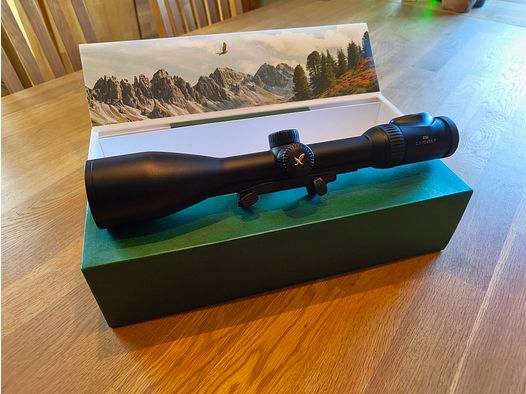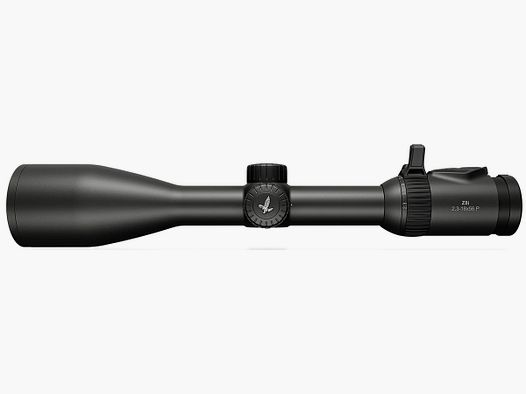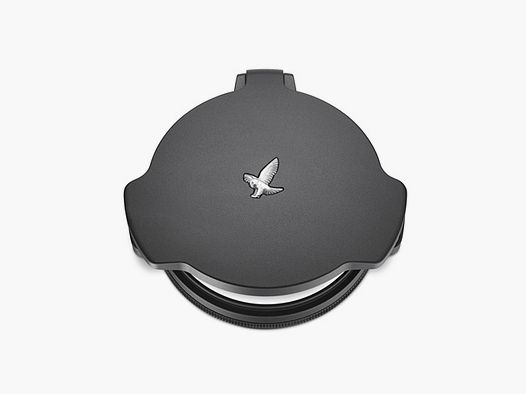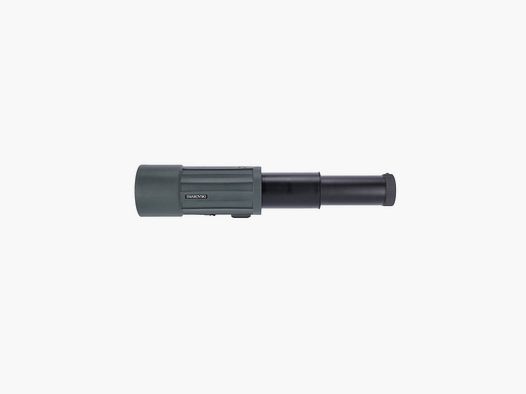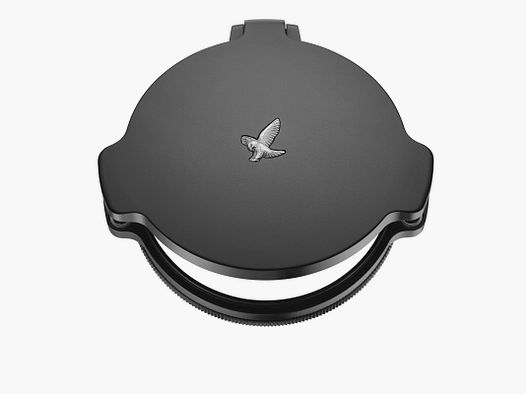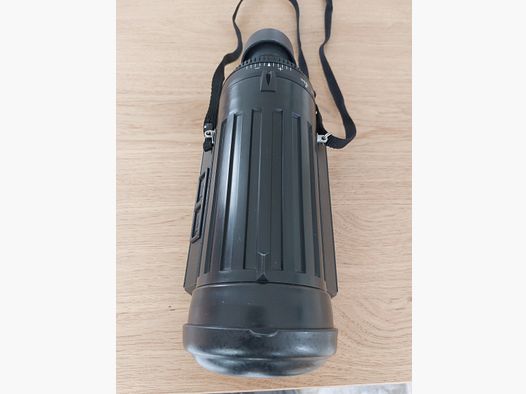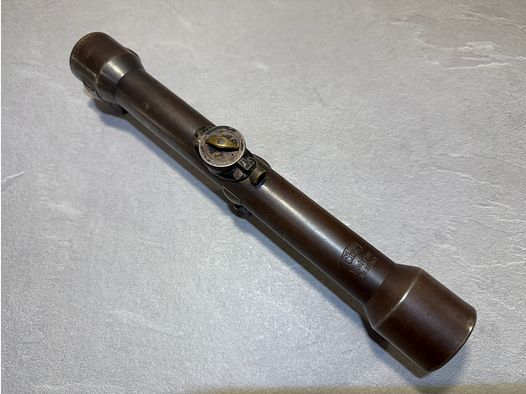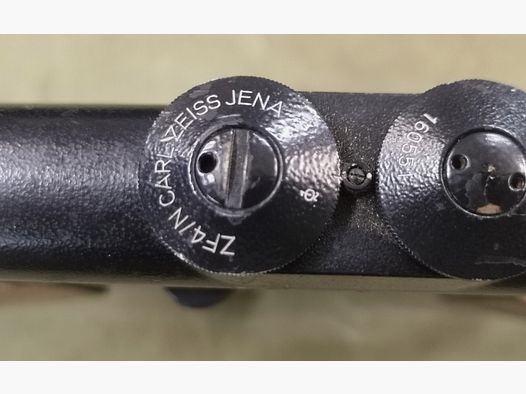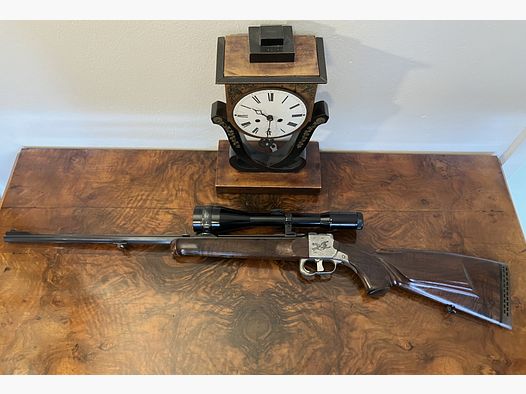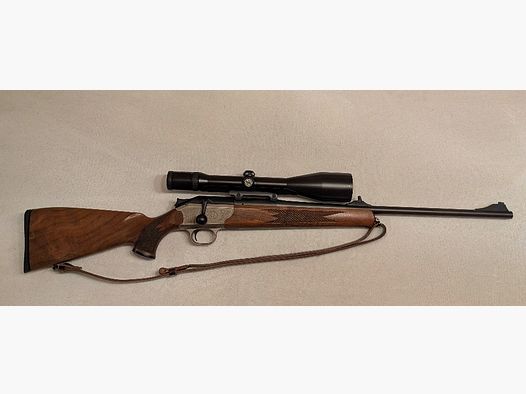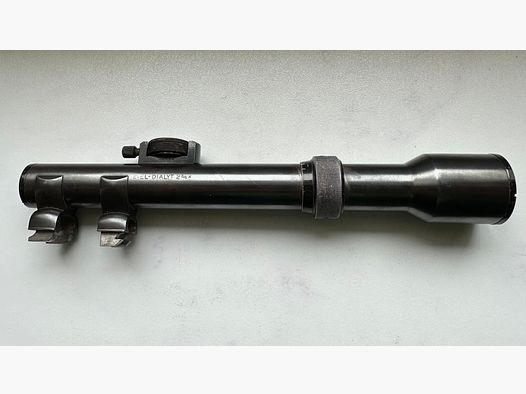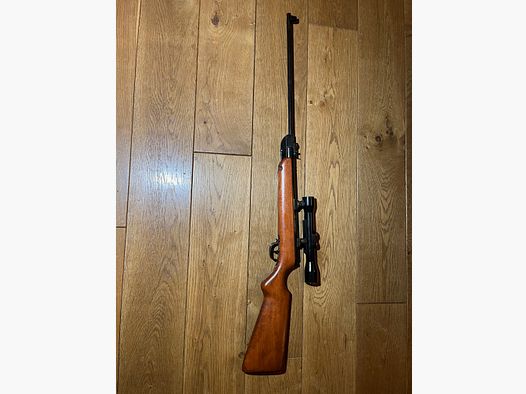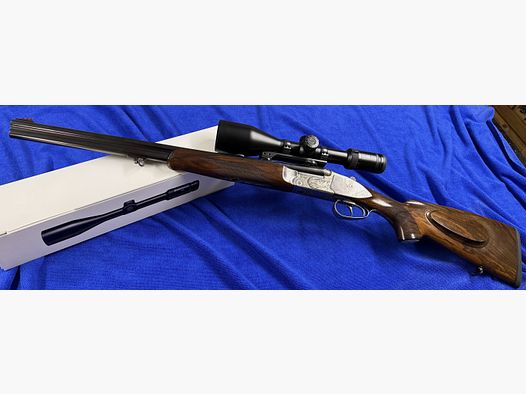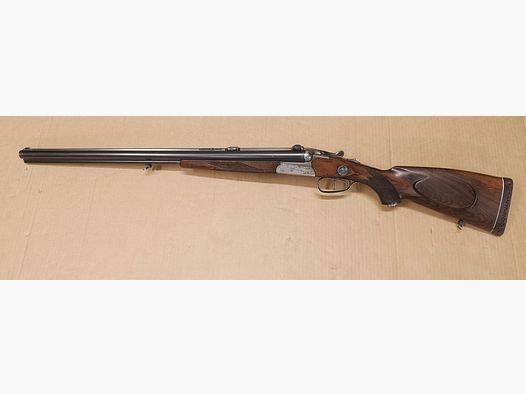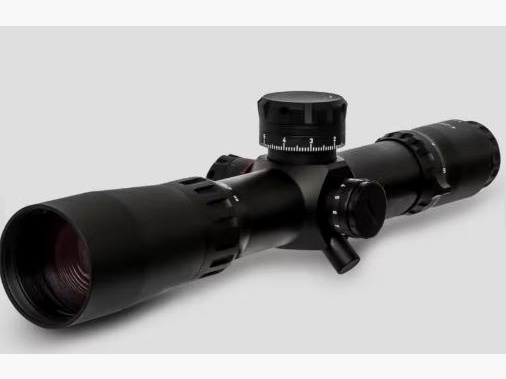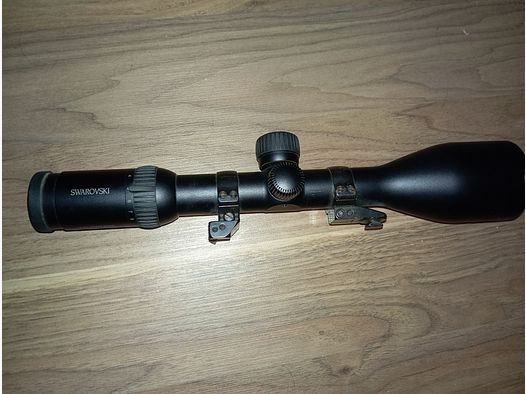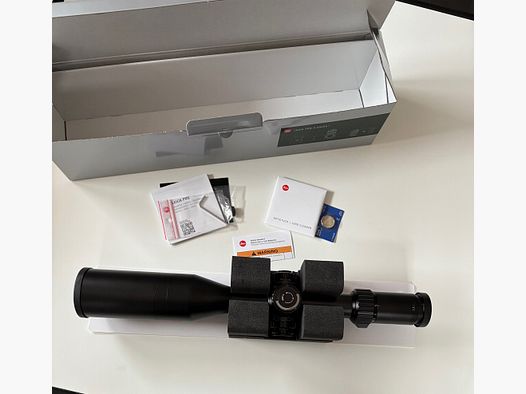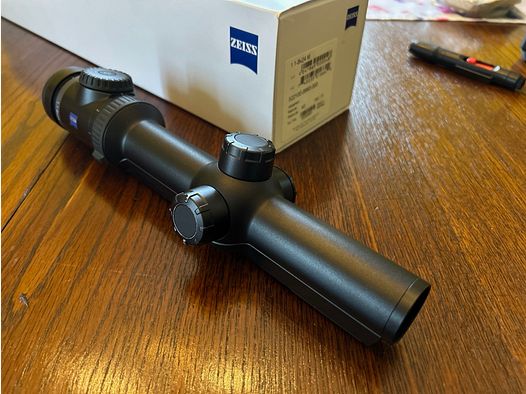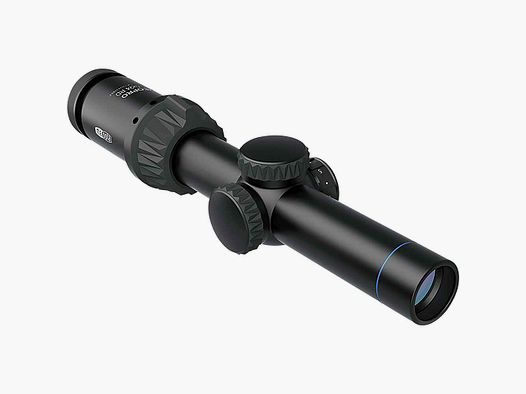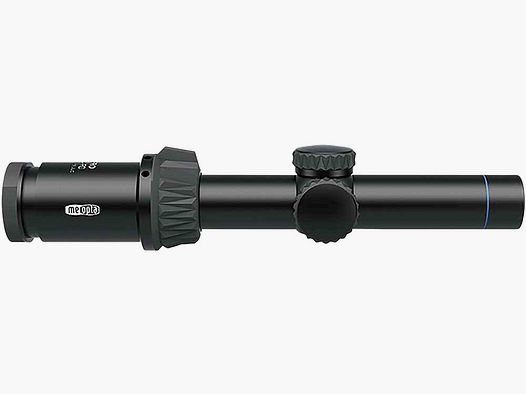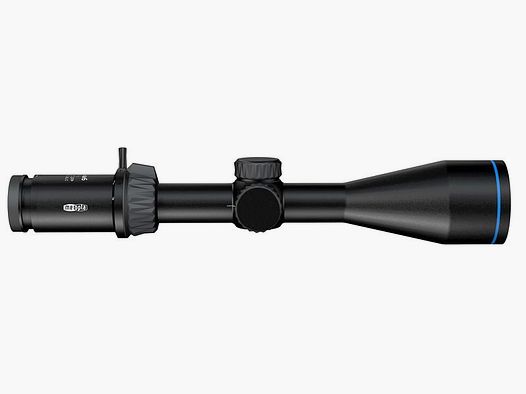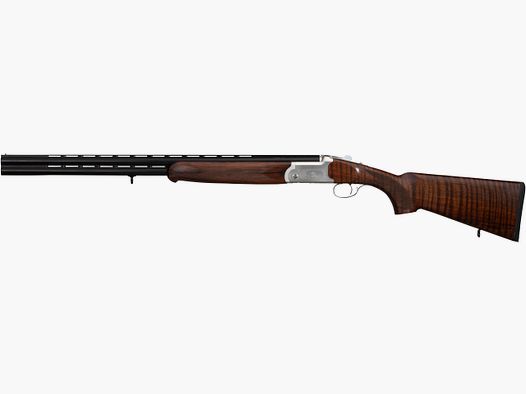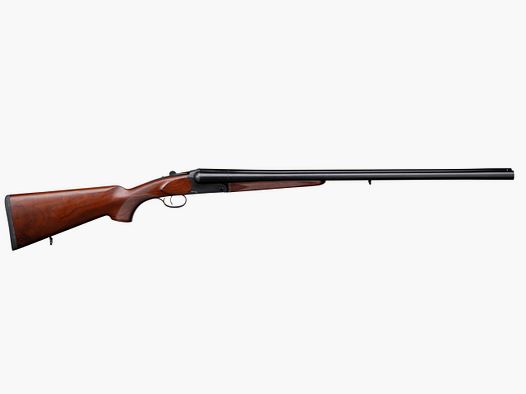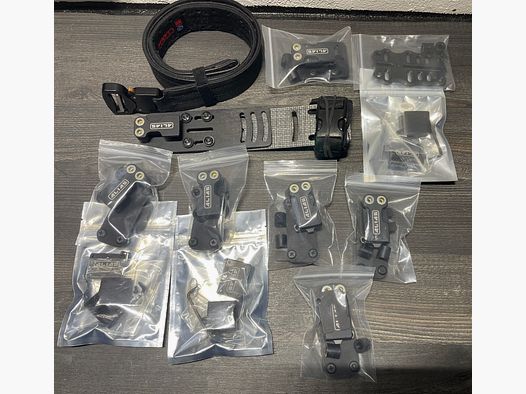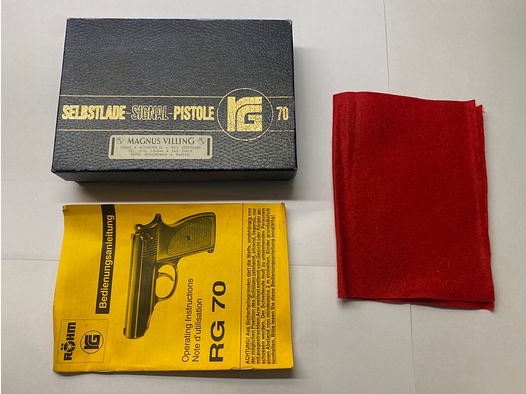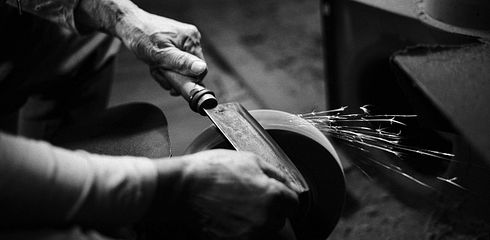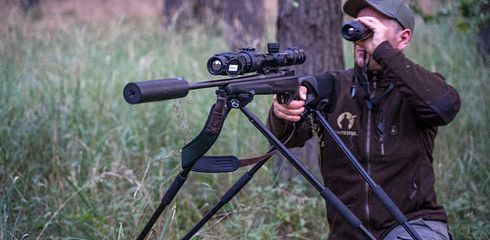For hunting success, the scope is even more important than the weapon it is mounted on. However, which scope is the right one depends on various factors: On the one hand, the intended hunting use is crucial: for driven hunts, a different optic is needed than for night sitting. One should also consider that the glass matches the weapon, what the personal preferences are, and how large the financial scope of the hunter is. In general, it can be stated that the scope represents perhaps the most important piece of equipment. If there is anything one should not skimp on, it is the scope.
Which scope is the right one?
In the meantime, there are a whole range of universally usable scopes: A scope with two to twelve times magnification and an objective diameter of 50 millimeters (2-12x50) is an all-rounder for almost all areas of use. Scopes optimized for specific areas of application are better in their respective specialty discipline, but they are likely to fall short of the universal glass for one or another hunting purpose.
For most hunters, price plays a decisive role in the acquisition of a scope. One should be aware that the high-performance optics of well-known premium manufacturers operate on a completely different level, both optically and mechanically, than the scopes of cheaper and less well-known manufacturers. This is also supported by the fact that premium manufacturers sometimes grant decades-long guarantees on their products.
Which reticle is the right one?
When considering the technical and aesthetic criteria, the reticle of a scope is an important factor for hunters. The reticle is the aiming device in a scope, the so-called crosshair or red dot. Depending on the intended use of the scope (for example, hunting, shooting sports, military), different types of reticles are preferred. There are reticles that are suitable for quick target acquisition at shorter distances and in motion, while others are better suited for precision shots at long distances. Sports shooters usually do not need an illuminated reticle, but for hunting in twilight or darkness, it is a great help and is highly recommended.
How powerful is a scope?
The performance of a scope depends on several factors: An important indicator is the transmission value. Transmission refers to the light permeability. In modern high-performance optics from premium manufacturers, up to 95% light transmission is guaranteed. However, other values such as contrast, resolution, and the quality of the coatings must also match the optics.
In addition to optical quality, mechanical quality is crucial in determining whether a scope meets hunting requirements. During a shot, a scope is subjected to extreme stresses, which it must withstand thousands of times without losing quality. Extreme weather conditions, shocks, or scratches are just some of the additional stresses that the optics are permanently exposed to, and which must not affect precision. Robustness and precision are the characteristics that one should expect from a scope at this point.
Scopes are marked with specific numbers: “6 x 42” means, for example, that the objective diameter is 42 mm, and the fixed magnification is 6 times. A variable magnification of two to twelve times with a 50-millimeter objective is represented as 2-12x50.
How much magnification should my scope have?
The zoom factor is a term for the magnification factor in a scope: A scope with a magnification of 1.5 to 6 times has a zoom factor of 4, since six divided by 1.5 is four. A 2-12 times scope thus has a zoom factor of six. It essentially indicates the range of adjustment.
Red dot sights are an alternative to scopes, at least for driven hunts, as they allow shots on moving targets. The application range of red dot aiming devices overlaps with that of scopes with low initial magnification and illuminated points.
What is better is therefore determined by the hunting use and the personal taste of the hunter. Comparing a 56 mm scope with a red dot sight designed for driven hunts is like comparing apples and oranges. Red dot sights, like scopes, have advantages. The red dot sight is small and light, making a weapon equipped with it easy to handle and quick to bring to aim. The game to be shot can be quickly acquired in the scope. The overview with a red dot sight is practically unrestricted as one shoots with both eyes open, thus maintaining an optimal overview of the situation. Additionally, red dot sights are robust and significantly cheaper than a high-quality scope: they are also suitable for preserving the good glass during action-packed driven hunts.
However, low magnification scopes can also do much of what a red dot sight can. Moreover, scopes offer a decisive advantage: thanks to variable magnification, it is possible to take a precise shot at a more distant target. This is significantly more difficult or impossible with a red dot sight, as it is limited to shooting distances of about 50-70 meters.
How do I properly zero my scope?
For the scope to hit, the weapon must be zeroed after mounting. First, one must distinguish whether a scope is completely misaligned after a repair, for example, or whether the weapon only needs to be zeroed for a different load after a change of ammunition. After a repair or a new purchase, it can be assumed that there may be significant deviations in the point of impact. Here, one should have the barrel and scope brought into approximate alignment by a gunsmith before going to the shooting range.
At the shooting range, the weapon is clamped into a zeroing rest, and the system is removed so that one can look through the barrel. Then it is checked whether the barrel and scope are reasonably aligned. If this is the case, one begins zeroing at shorter distances of 25 or 50 meters. If the weapon hits at short distances, one switches to a 100 m zeroing distance.
When zeroing, a secure rest for the weapon is essential; only then can shot performance be reproduced. Sandbags that can be shaped are ideal as a rest for the stock, as is a zeroing rest. It is important that the stock rests at several points and not just one. With the weapon resting in this way, one takes a shot at the target. Typically, one zeroes the weapon at the GEE, or optimal zeroing distance. When zeroing, this means a 4 cm high shot at 100 m. The optics can be aligned to the point of impact using the reticle adjustment; there are dials for horizontal and vertical alignment on every scope. The adjustment dials can be clicked, with each click corresponding to one centimeter.
Once the adjustment is complete, one should check the result with at least one shot group of three shots.
The best deals for scopes can be found online directly from the manufacturer, at VDB, Auctronia, and eGun, or specialist dealers like Jagdwelt24.
Search for scopes via Gunfinder:
Interesting search results online:



